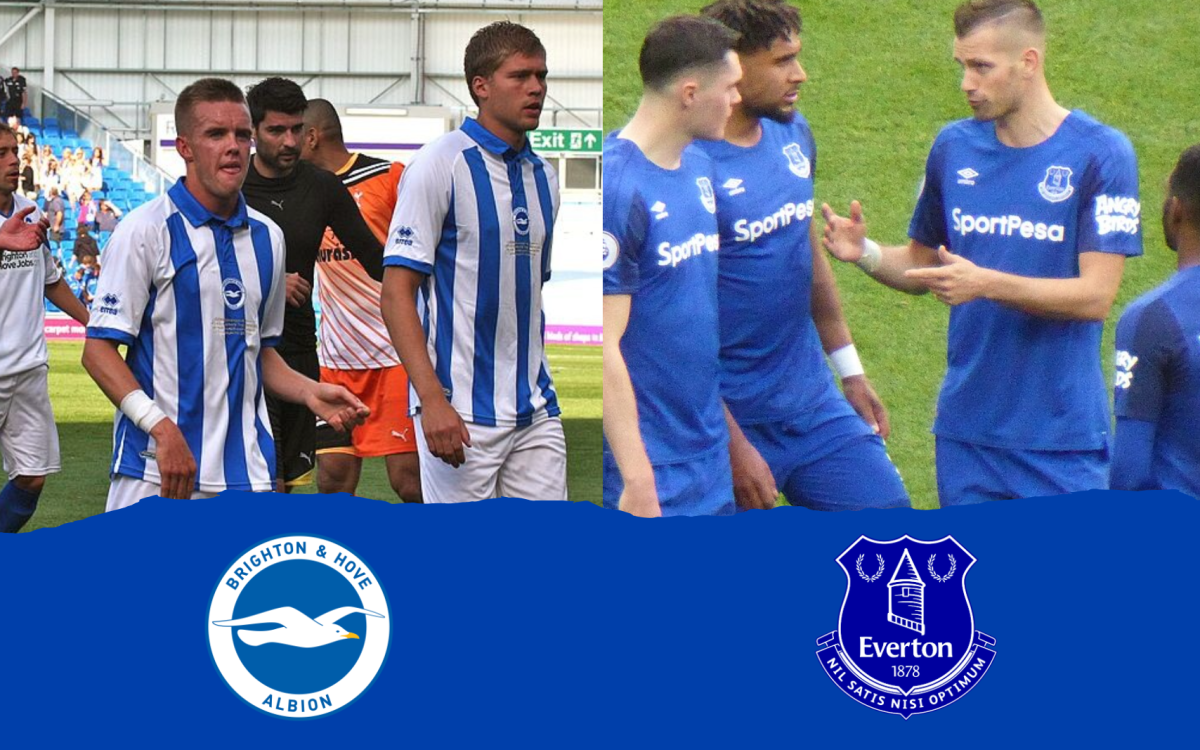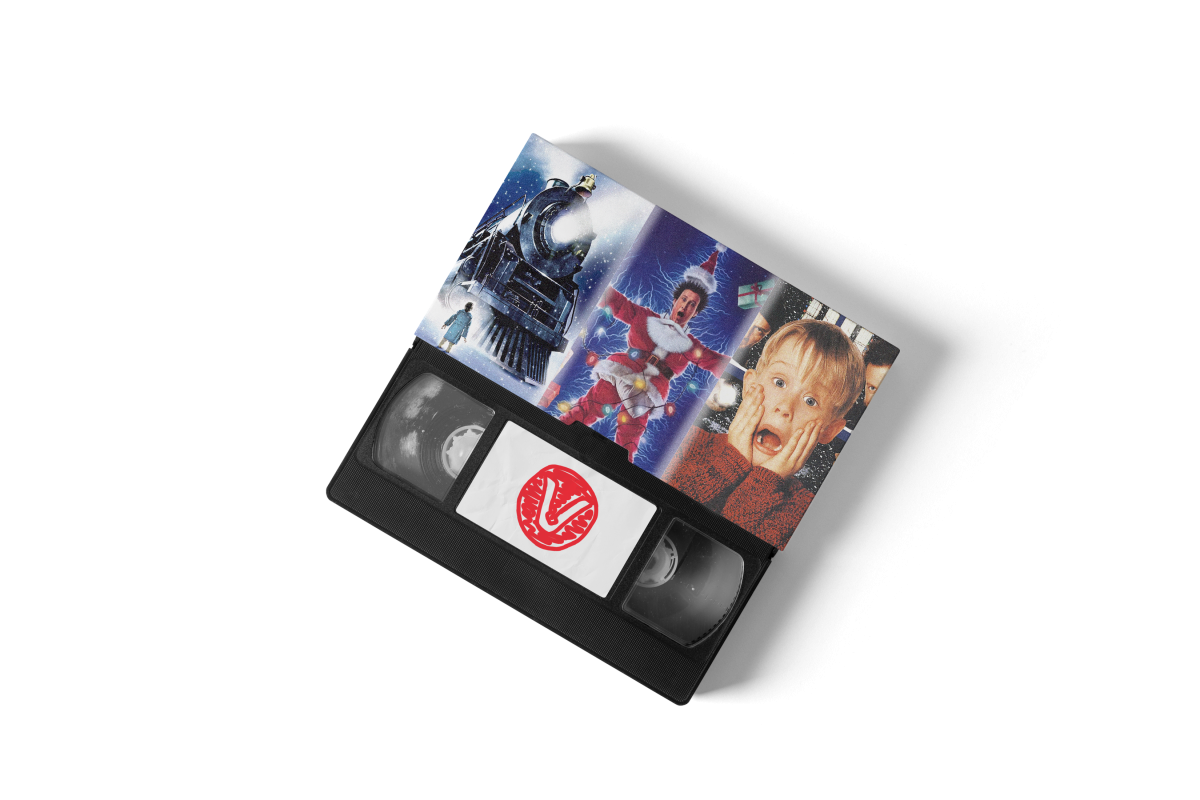By Scott M. Waldman
The film is announced, photos blanket everyone’s screensavers and profile pictures, and interviews commence. What comes next is the crowning achievement of film advertisement: the trailer.
The trailer allows for each film to showcase the mood that the director’s final product exhumes, as well as reveal the overall story or small plot devices that one can fit, from a two to three hour feature, into a three minute (sometimes four if greedy) clip. These previews appear before other feature films in a theatre (usually to advertise itself to specific audiences), television events (because who doesn’t watch the box), and internet ads (because who doesn’t like to watch them).
The trailer itself is made up of three pieces; the plot, the characters/settings, and the action. There might be more fluff involved, but these three prominently show themselves and create the language with which any advertisement for a film is founded on.
The plot is a very powerful piece of the trailer; a whole movie has to be minimized down to a small sub 5 minute span, without giving too much away. The plot of the overall film can sometimes be everything that matters; giving it away would literally make the movie useless by revealing the secrets, outcomes, or whether the film is worthy of being deemed “watchable”.
Recently, the new trailer for Avengers 2: Age of Ultron (2015) finally showed up, and the questions that were observed for the film were, “What is going to happen?” or “How will everything turn out?” This shows the power that the plot plays in a teaser of this nature. Trailers like this and Inception (2010) use the plot as the main elements teasing parts of the story, but also cling to the nature of their film and the people throughout it.
The characters and setting of a trailer defines the congeniality and relatability of a film in terms of the environment’s realism and the character’s identities as either protagonists or antagonists. The subject of realism in trailers allows for the viewer to exhibit the emotion that the film wants to force, giving these films a human quality that a successful trailer can show in the short time they have.
X-Men Days of Future Past (2014) and Avatar (2009) use the concept of setting as a major component of advertising the film. X-Men’s shift between time and Avatar’s Pandora along with each film’s diversity in characters, whether old (Sigourney Weaver, Hugh Jackman, etc.) or new (Worthington, McAvoy, etc.) builds a unique (possible one-time) chemistry which makes viewers look forward to how those characters will interact in their environment.
Those interactions between the plot, environment, and characters lead to the action which takes up a bulk of the remaining trailer sequence. The action of a trailer can be either an advantage or disadvantage depending on how much of it takes up the trailer. For some directors, action is a priority to help make money, but when the trailer features literally all of the action that the film will present, then the movie will become less interesting based on the fact that the trailer away the “money-shots” for free. Look at any of Michael Bay’s, Jerry Bruckheimer’s, and Zack Snyder’s trailers to see this in action.
A trailer is a viewer’s first look of what to expect from the next major motion picture. Although considered an annoyance to those who trek to the theatre to see the movie that they paid for, the trailer helps create the atmosphere which the feature film is viewed with. They are the commercials of film keeping everyone up to date on what is on its way and allowing a glimpse for new viewers into new territories. There truly is no limit to what a trailer can produce, and it sure does make the finished products look a whole lot more entertaining.






























